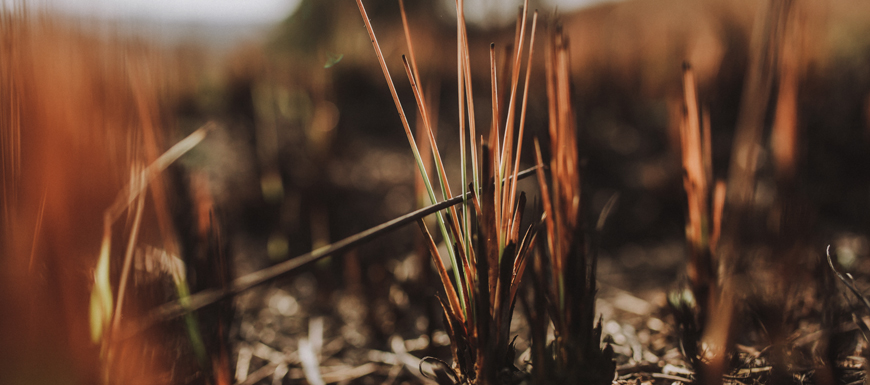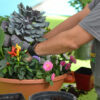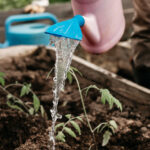Are you seeing trees turning an odd color? Parts of trees leafing out and others not? Plants still not showing any growth? These are all signs of winter kill, and drought stress. Why would plants be suffering from winter kill or drought stress? Although our last winter was quite enjoyable from a human standpoint, it was incredibly hard for plants, with little moisture, and little to no snow to create a blanket to protect plants from the subzero temperatures we were still lucky enough to get! Add to the dry, warm winter also a dry start to the spring causing the stress to become even more apparent.
Any lawns, trees or shrubs that were not watered going into the fall were prime candidates for stress this spring. We have seen several evergreens showing browning needles, shrubs not leafing out and perennials not showing any growth as the primary symptoms of stress. However, increased cone production on spruce as well as a pink hue in some trees have also been giving homeowners some concern. The continued dry conditions with above normal temps and high winds this spring up until 2 weeks ago has not helped. Although the rain we have received over the last 2 weeks is welcome, for some plants it is too late.
Moving forward through this season, we will continue to see signs of stress, plants may not show as much new growth as in past years. Fruit production may be sparse, and flower production may be light. But by acting now we can prevent the same outcome next year. Water throughout the season, providing at least an inch of water to plants per week to ensure there is moisture to get plants through the winter. Applying fertilizer now to trees, shrubs and perennials can help build a strong plant to encourage growth next year. Going into fall, start watering early to build moisture into those evergreen needles, and give ample moisture for winter use.
While plants may not look at their prime now. With proper watering, and hopefully a little help from Mother Nature, our plants will come through next winter in better condition!



